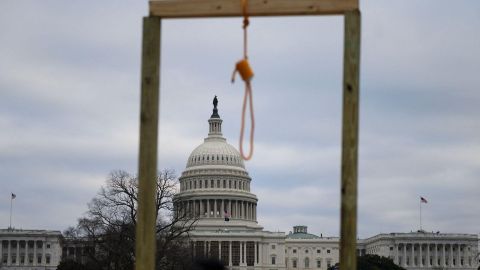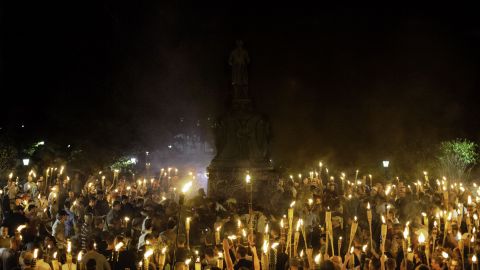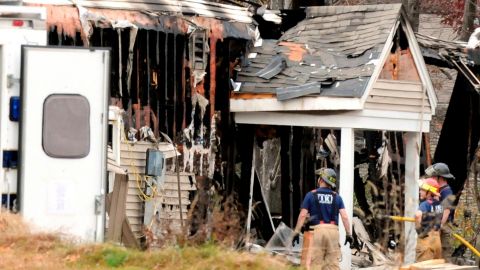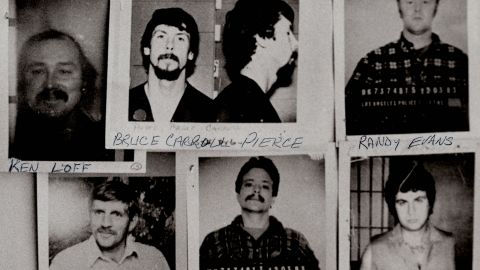Omen: The Lessons of Oklahoma City
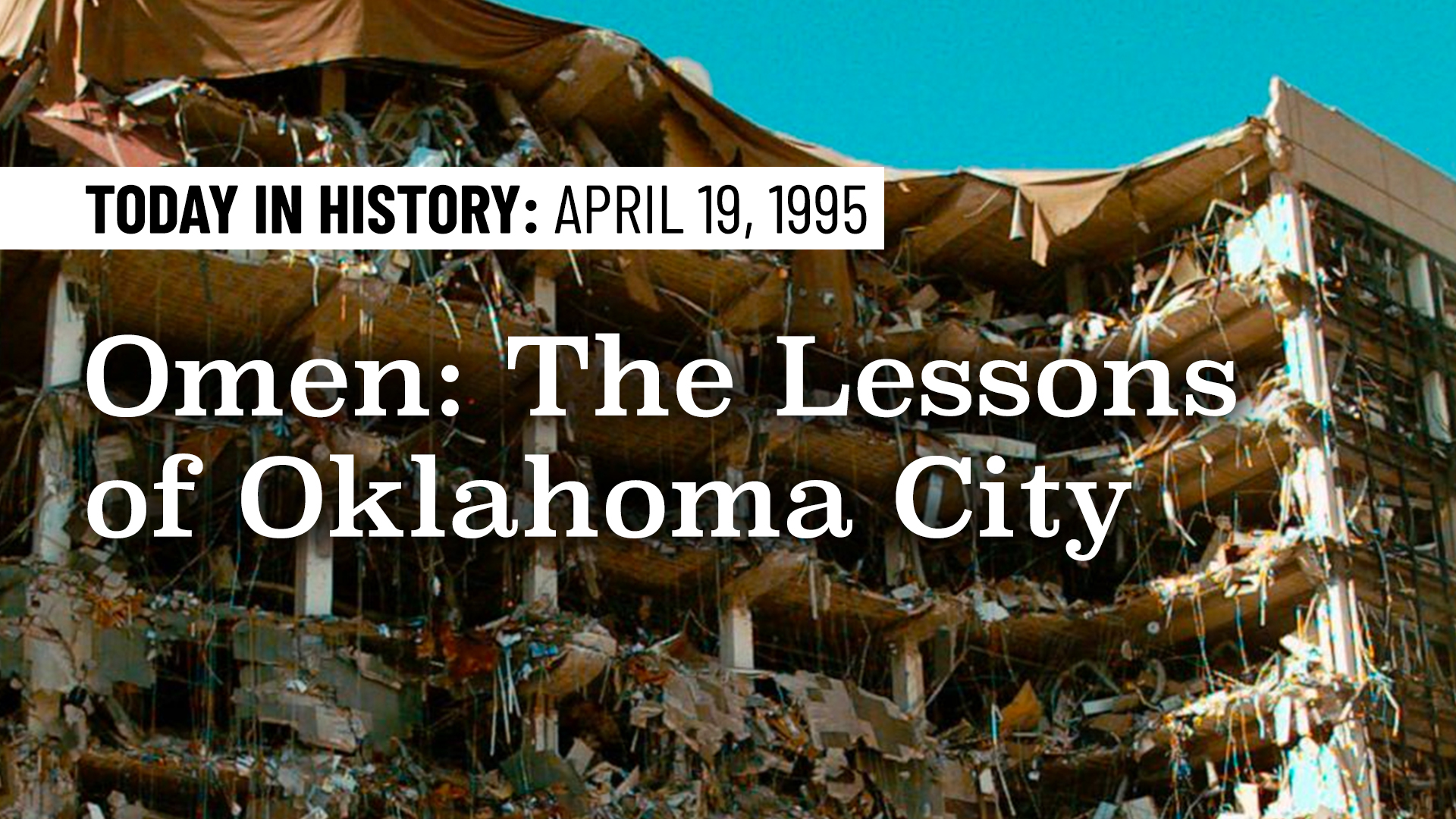
“As I reflect on the social and political temperament of our country today, it reminds me of the climate in the days leading up to the Oklahoma City bombing. ”
Twenty-seven years ago today, a horrific domestic terrorist attack shook our nation to its core. The attack on April 19, 1995, didn’t occur in a major city or at an iconic landmark. It happened in America’s heartland – Oklahoma City, Oklahoma.
Much like the 9/11 terrorist attacks, the memory of the bombing victims that day as well as the sheer scale of destruction should always be remembered. On April 19th at 9:02 am, far-right extremist and military veteran, Timothy McVeigh detonated a 5,000-pound vehicle bomb outside of the Alfred P. Murrah Federal Building in downtown Oklahoma City. The resulting blast killed 168 people, including 19 children, and injured many hundreds more. Yet, decades later, this attack doesn’t seem to get the same level of media coverage or acknowledgment from our political leaders as the attacks of September 11, 2001. And this disturbs me – lest we forget what led up to such an evil act of mass violence.

Heeding this warning is as relevant today as it was in 1995. The proliferation of far-right extremism continues to multiply and evolve in both similar and more dangerous ways. As many experts have acknowledged, today’s terror threat environment is worse than that in 1995. And there’s plenty of reason for concern.
Far-right extremism has proven over years of violent attacks to be the most lethal form of domestic terrorism in the United States. The Biden Administration’s National Strategy for Countering Domestic Terrorism, published in June 2021, serves as a major step forward in the fight against extremism and domestic terrorism. That said, it will take the unification and cooperation of a wide range of local, state, and federal government agencies to steadily press forward with this plan and ensure its success. Unfortunately, as time passes for these measures to take effect, the far-right extremist threat continues to grow and will pose a heightened national security risk for years to come. Several factors will ensure this threat is not going away any time soon.
The FBI and Department of Justice have arrested over 800 individuals who participated in the January 6 Capitol attack. Another 300 persons are under investigation for criminal acts during that event. But federal arrests and civil lawsuits related to the January 6th attack at the U.S. Capitol could potentially create new, more dangerous extremist groups. In the past, crackdowns on the far right have driven extremists underground but their dangerous ideology has remained. In addition, convictions and sentencing proceedings so far appear to be minor and insignificant for some of those arrested during the Capitol insurrection. This may have the unintended consequence of sending a subtle message to far-right extremists that such criminal behavior can and will be tolerated in the future. It may also create a more permissive environment for these extremists to operate with a sense of impunity.
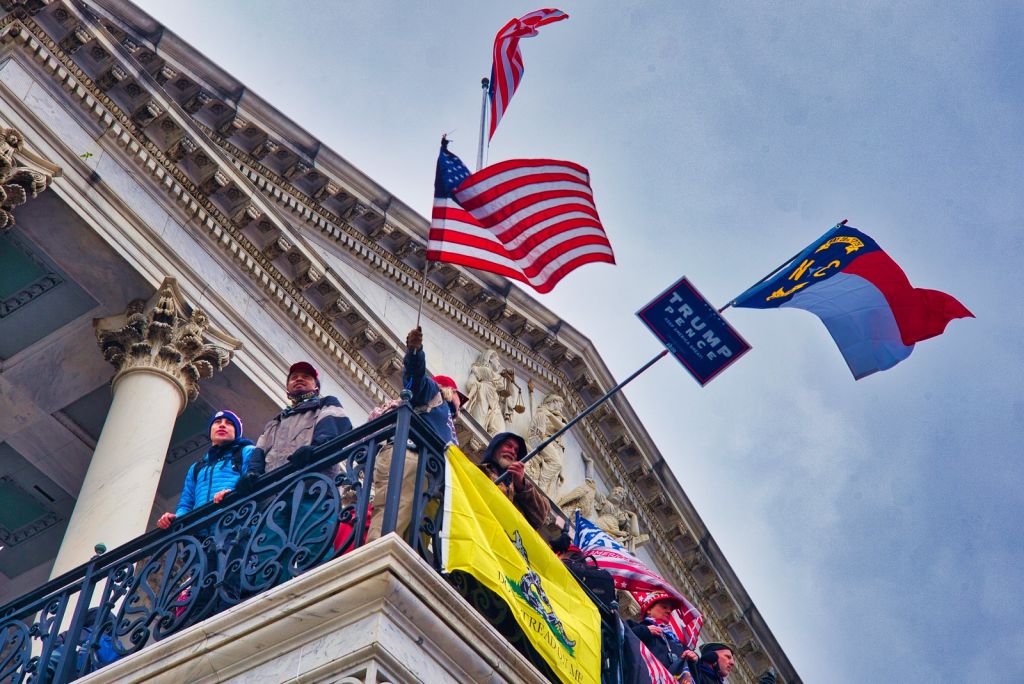
Second, disinformation and conspiracies surrounding the 2020 Presidential election have continued despite rulings by Federal judges, dismissed lawsuits, investigations that ruled out election fraud or vote tampering, as well as a Supreme Court review. “Stop the Steal,” election conspiracies, allegations of vote tampering and fraud, have continued in 2021 and into 2022 raising serious concerns about the looming 2022 midterm and the 2024 presidential elections.
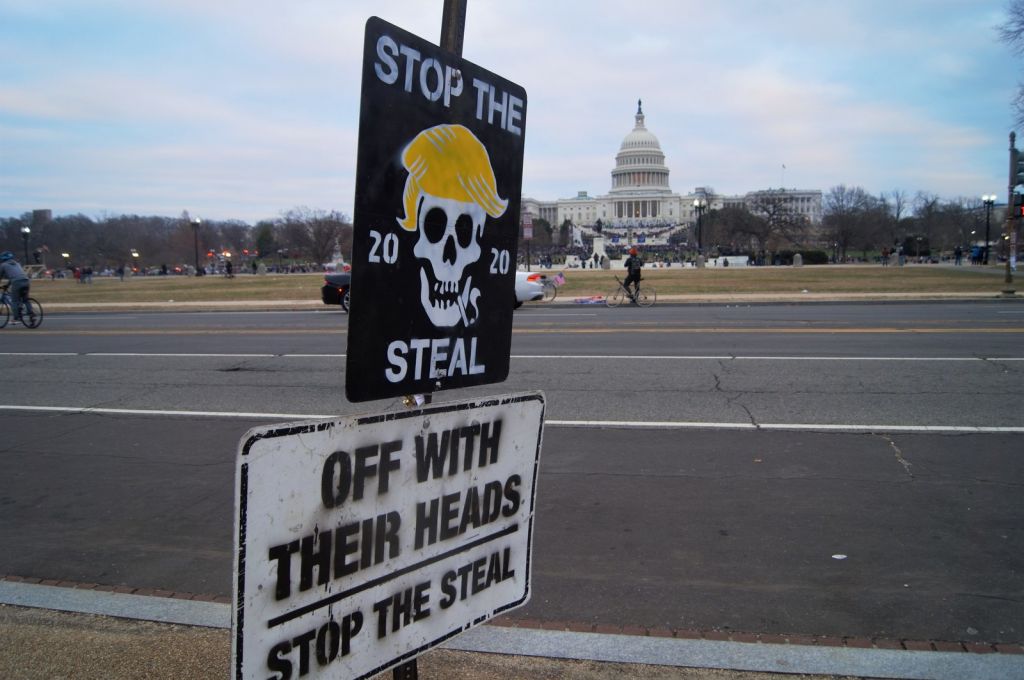
Third, prominent civil rights groups have noted that threats to publicly elected officials have increased in 2021 and into 2022. A year after the January 6th Capitol insurrection, threats against lawmakers have reached an all-time high, according to the U.S. Capitol Police (USCP). In 2021, there were 9,600 threat cases investigated by the USCP.
Similarly, threats and intimidation of election officials and volunteers have also increased. More and more threats are being directed against volunteers and officials involved in the election process, particularly those associated with counting ballots and in key battleground states or jurisdictions.
Deliberately directed at the heart of our democratic process, these forms of harassment, threats, and intimidation are an emerging extremist tactic aimed at dissuading people from holding and running for office. This has also created opportunities for more radical, extremist affiliated candidates (such as QAnon conspiracy adherents and militia members) to run for office, allowing many of the far right’s beliefs and conspiracy theories to enter the mainstream. Even worse, I believe they are in a position to potentially radicalize and mobilize other extremists towards violent action against local government officials who stand up to them.
“I still remember that deliberate cross-country trip which changed my life forever and ultimately led me into a federal career fighting this threat.”
Twenty-seven years ago, within days of the Oklahoma City bombing, I was there. I visited the former site of the Alfred P. Murrah federal building, contemplated why it had happened, and paid tribute to the victims. I still remember that deliberate cross-country trip which changed my life forever and ultimately led me into a federal career fighting this threat. As I reflect on the social and political temperament of our country today, it reminds me of the climate in the days leading up to the Oklahoma City bombing. We should remember the horrific events of that day and never forget, or dismiss, the existence of violent far-right extremism. Doing so invites the very threat I’ve been warning about to persist and thrive.

Today in History features stories that probe the past and investigate the present to better understand the roots and rise of hate. The views and opinions expressed are those of the author
In 2009, Daryl Johnson warned that domestic extremism was on the rise. Why was his warning ignored? Watch Resurgence – episode 3 of our 5-part series Extremism in America.



